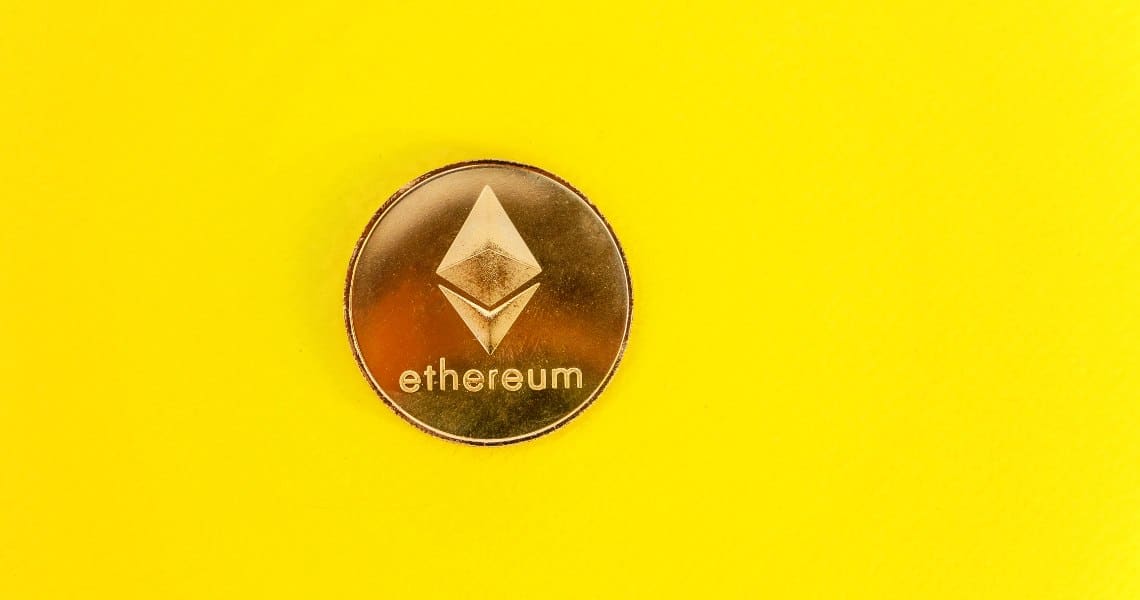Like every blockchain, Ethereum (ETH) has its official document, called Yellow Paper, to avoid confusion with Bitcoin’s whitepaper. This Ethereum Yellow Paper can be found in the dedicated page on GitHub.
The Yellow Paper was published in 2015.
The author is Gavin Wood, co-founder of Ethereum, who also invented the Solidity programming language.
The introduction that can be read in the Yellow Paper is very simple and provides a summary of bitcoin features, such as the ability to make transactions. In addition to these, Ethereum adds the possibility for developers to have a “trustful object messaging computer framework”.
In fact, as is known, the bitcoin blockchain doesn’t allow for many operations because it’s a non Turing complete system, i.e. it has a programming language with some gaps that are intended precisely to avoid creating programs or tools that could be used to damage the system itself.
Ethereum, on the other hand, is based on the idea of creating a Turing complete system to be able to do practically anything and whose maximum manifestation is achieved by the so-called smart contracts, contracts that can be configured and modelled according to one’s needs.
The Yellow Paper consists of 39 pages and for the most part includes technical information, as it provides all the instructions and parameters on how to calculate for example the fees and how the devs can interface with this blockchain.
Ethereum and scalability
The paper concludes with a future overview of this new technology, estimating that it will be possible to create historical checkpoints of the blockchain and streamline it, keeping nodes in series to access certain points in the chain.
Another aspect that is mentioned at the end of the Yellow Paper is the scalability of the Ethereum network, which was already considered a problem as the idea of creating parallel partitions or transactions is not advantageous. The “divide and conquer” strategy is not applicable in this context, and therefore future ideas are expected, even if generally based on PoW (Proof of Work).
It can be seen that, as far as the project as a whole is concerned, Ethereum is definitely the blockchain that has influenced all the following ones, while with reference to the problem of scalability it seems that a turning point has been reached with the introduction of PoS (Proof of Stake) which is expected to be implemented by the end of 2020.



